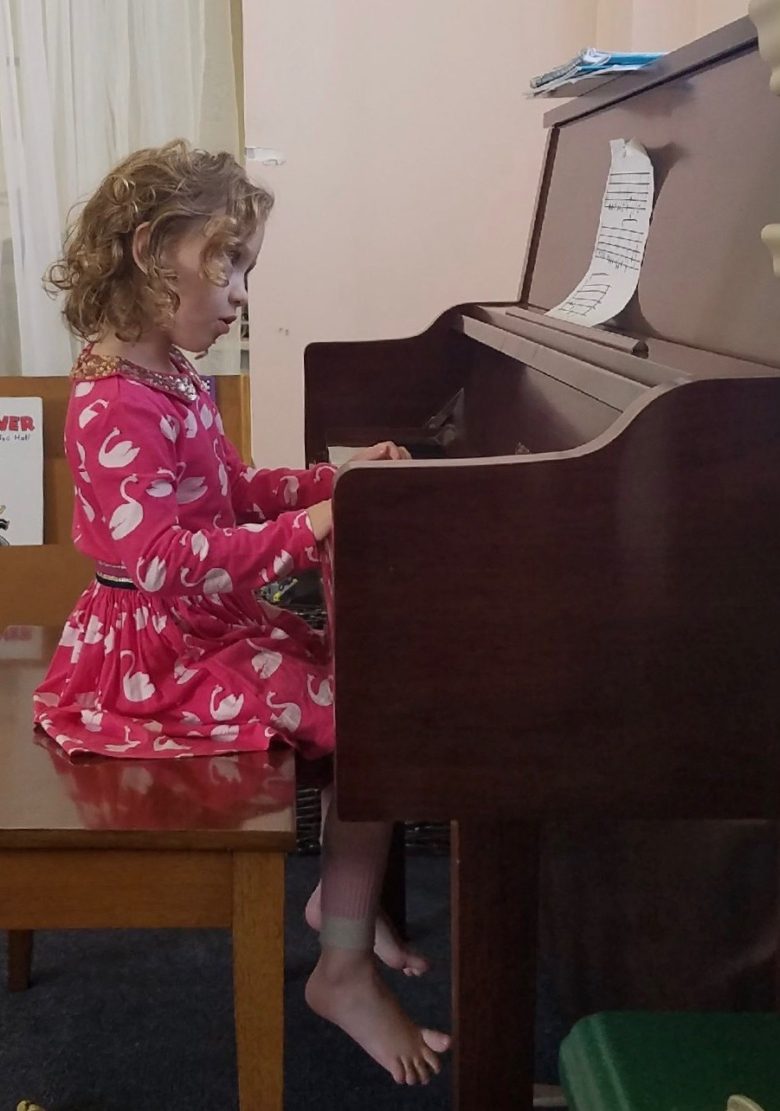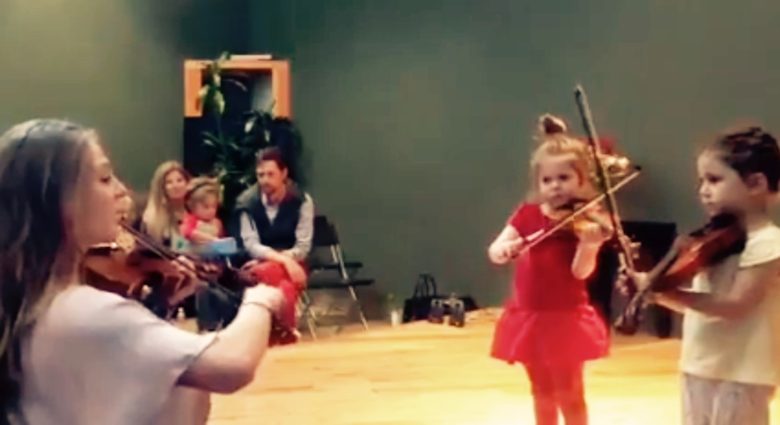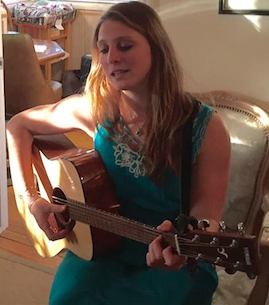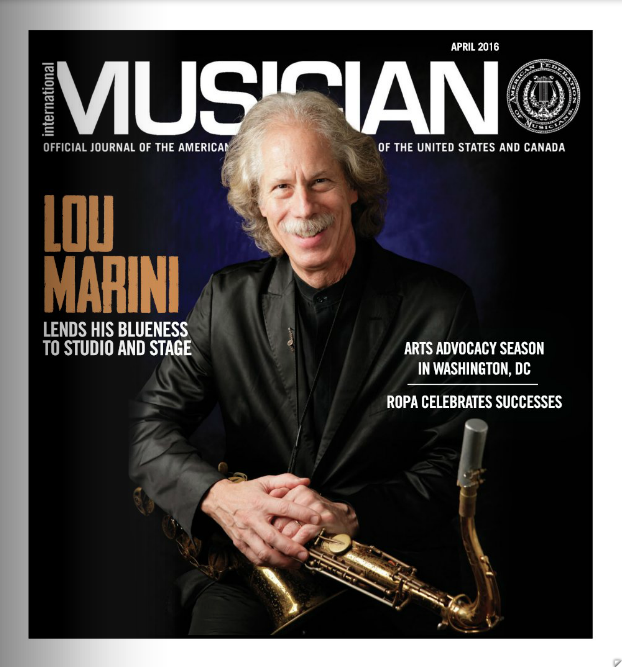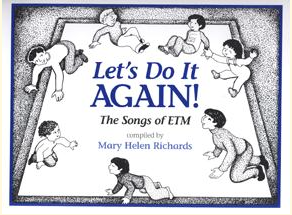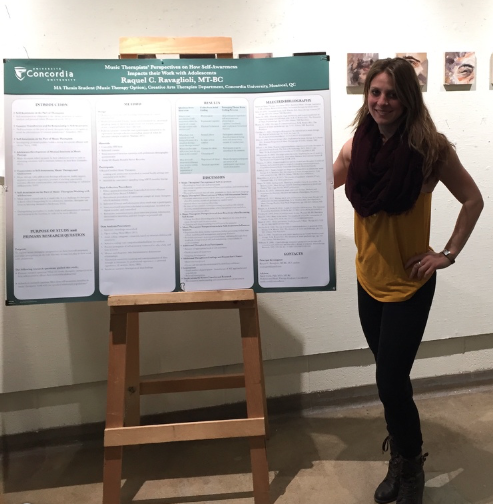“Wait Time” – When Processing is Visible
In 1972, the concept of “wait time” was invented by Mary Bud Rowe. This established that when periods of silence following a teacher’s question and students’ completed responses lasted at least 3 seconds, positive responses occurred. Favorable outcomes when giving students 3 or more seconds after a teachers’ question included; increase of length/correctness of responses, scores on achievement tests, and volunteered/appropriate answers, and decrease of “I don’t know”/ “no” answers (R. Stahl, 1994).
In music when one is given more “wait time”, it is possible to literally see the student actively processing…and here is the proof! My 4-year-old piano student has just begun learning to play hands-together in C position. As I was pointing to the notes for both hands, I began to see her fingers twitch, and I waited. In just over 3 seconds, both hands played different fingers on each respective note, at the same time. Her meticulous thought process and patience for accurate playing, combined with appropriate “wait time”, provided both student (and teacher) with success.
Just minutes later we were on to the next activity, which happened to be reading color coordinated notes using a set of desk bells. She requested to sing the words, read the notes, and play the bells to “Twinkle Twinkle”, specifically without my help. She played and sang until the recap of the theme, “twinkle twinkle little star…” and paused. Again she played and sang, “twinkle twinkle little star…” and paused. The pitch of the notes was not lining up with the words and/or the colors. As I let her process what was happening, she prevailed without assistance. The third time was the charm, she repeated the notes as written!
Think time, and wait time allows the student to feel a sense of achievement, independently of the teacher. I encourage music instructors of any age students as well as music therapists for any population to increase your use of “wait time” (or “think time”).
Personal process questions: 1) What do you notice yourself feeling in those 3 seconds of waiting? 2) How does more wait time effect your clients/students? 3) If you have other teachers in the room with you, how does this effect your use of “wait time”?
